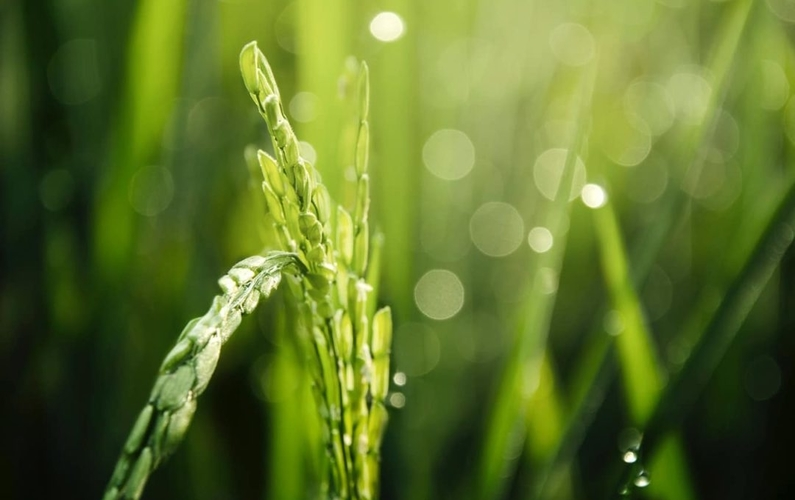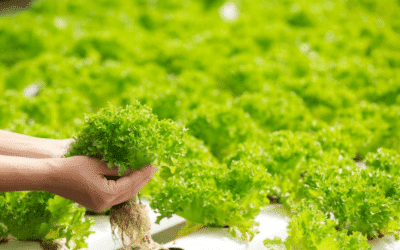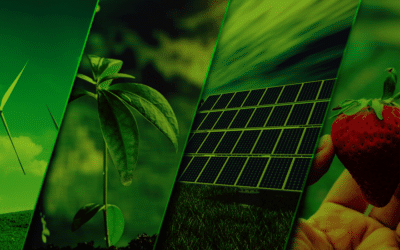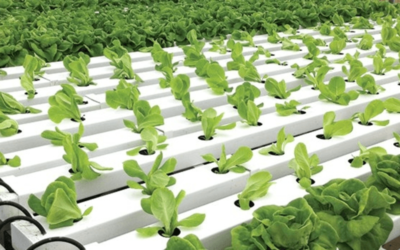Rain-Rain go away, Come again another day
This line from a nursery rhyme is sung usually by children when they want to play. Such lines make children even cuter. And as adults, we understand the importance of rain and only sometimes have such thoughts, especially when we have outdoor plans.
In fact, those following an eco-lifestyle appreciate rain and engage in various rainwater conserving activities such as Rainwater Harvesting System Ideas – How To Harvest Rainwater in Your Garden | Happy DIY Home and rainwater harvesting, the process of accumulating and storing rainwater for future use. This is a successful method to prevent rainwater from running off.
Although rainwater harvesting is an ancient method its value is being realized again. The unstoppable development, cutting down of trees, and the expansion of concrete cities globally is disturbing our environment and is introducing uneven rainfall, floods, and drought in almost all parts of the world. One of the methods to slow or prevent this devastating phenomenon (in the long run) is rainwater harvesting.
Different Ways to Harvest Rainwater at Home
Harvesting rainwater is not a tough task, nor does it require any technical expertise. Below are some of the most common methods available to anyone wanting to conserve rainwater at home.
Establish A Rain Barrel: This is the easiest method to harvest rainwater. We just need a rain barrel (or use an old drum or a big trash can) and connect it with a pipe that moves the rainwater from the veranda or rooftop of the house. Remember to cover the barrel’s top, otherwise it becomes the breeding place for mosquitoes.
Make A Rain Garden: Build a rain garden at home. It’s a hollow landscape which uses local soil, native plants, etc. to free the water from pollutants, and allows it to settle in the ground. It is very easy to build, looks good all year, and positively impacts on the environment.
Prepare A Rain Chain: Rain chains look beautiful and are very simple to prepare (we just require some materials and tools to make one). The biggest advantage of rain chains is that they are a beautiful alternative to PVC downpipes. These environmentally-friendly and fashionable accessories prevent the rainwater runoff by transferring it downwards to a storing container or a drain. Visit 20 Creative DIY Rain Chains for ideas in creating these rain chains.
Build A Rain Saucer: Building a rain saucer is a fast DIY way to store rainwater. This is a free-standing system for collecting rainwater and fills up surprisingly fast. It looks similar to an umbrella (though upside-down), forms a funnel when unfolded and fills the container with rainwater. This system catches rain directly from the sky, so possibilities of contamination are almost non-existent. Visit DIY Stand Alone Rain Collector for Urban Farms and Community Gardens to learn how to build a rain saucer.
Rainwater collected through the aforementioned methods is stored and then pumped to fulfill various non-drinking purposes such as watering the garden, flushing the toilets and washing clothes in a washing machine..
Benefits of Rainwater Harvesting
By harvesting rainwater, we are utilizing an existing resource. A lot of benefits are provided by rainwater harvesting, some of the critical ones are mentioned below:
Reduction in Water Bills: The water collected via rainwater harvesting is utilized for various non-drinking purposes. Several small businesses and families use rainwater and enjoy a reduced water bill.
Appropriate for Irrigation: Rainwater is mainly free from chemicals, making it a perfect option for watering gardens and irrigation.
Reduces Depletion of Utility Potable Water: The growing population has also increased the demand for potable water and to fulfill these demands utility water resources are expensive and becoming scarce. Rainwater harvesting prevents this depletion.
Reduces Soil Erosion and Floods: During rainfalls, the rainwater stored in huge storage tanks prevents the areas located at lower altitudes from flooding. Moreover, it reduces soil erosion and prevents the surface water from being contaminated with fertilizers and pesticides. So, less rainwater run-off leads to cleaner ponds and lakes.
Use for Various Non-Drinking Purposes: The harvested rainwater is utilized for various non-drinking purposes such as washing clothes, flushing toilets, washing cars, watering gardens, etc.
Rainwater Harvesting and Your Home’s Design
When learning about the benefits of rainwater harvesting, some start showing interest and practicing it at home. Though rainwater harvesting is possible for every household, the best results are achieved when the home is well-designed to harvest rainwater.
The retrofitting of rainwater harvesting in an existing house, though not impossible, is more difficult, and less efficient. It is always preferred and more efficient to design the rainwater harvesting system from the ground up when designing the dwelling. In a new home, we’re not only able to design for efficient rainwater harvesting, we’re able to install the optimal system. This is achieved when the roof is designed for such a system, as well as the placement of the downpipes, keeping the gravitational flow of water in mind for the water tank placement – and also when including the monitoring and management of the rainwater harvesting system as part of the smart technology system. There are various other combinations and such combinations make the home an ultimate green and eco-home.
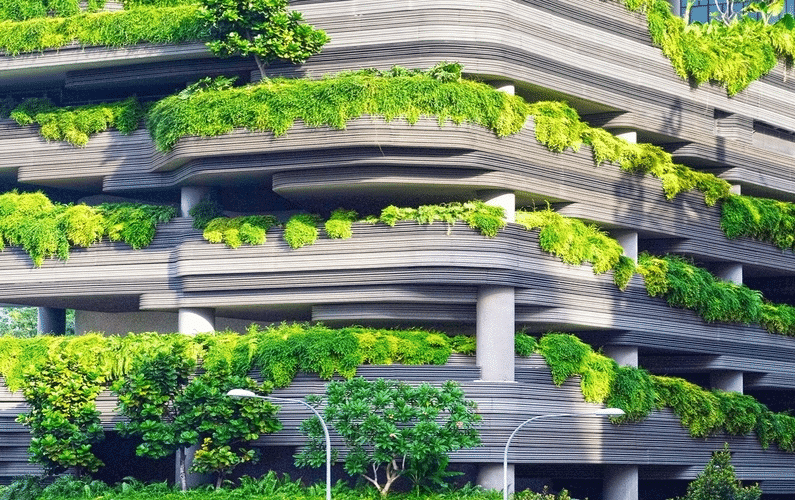

Most Efficient and Cost-Effective Way to Harvest Rainwater
There are numerous ways to harvest rainwater, but the most efficient and cost-effective way is to install a large tank underground and to connect it with the downpipes from our home’s roof. This way the tank is out of sight and does not take up space above ground. The water is also kept at a cooler temperature.
If we go for a complete rainwater harvesting system instead of just a rainwater tank, we’re able to achieve optimal results, including low maintenance.
Rainwater Management Systems
Rainwater management systems are another green initiative to use rainwater most efficiently. Though each rainwater harvesting system is different and employs different methods, the following elements and procedures are common to all:
- A tank is used to store the rainwater collected from different surfaces such as roofs. The size of the tank depends upon the available space and its usage. These are either buried underground and out of sight or are above ground.
-
These systems come with a control unit that monitors, either manually or systematically, the water level of the rainwater tank. Some advanced models provide extra information like water temperature, pump pressure, and fault diagnosis.
-
A filter is present that stops debris (dirt and leaves) from flowing into the rainwater tank.
-
The rainwater tanks which are buried below the ground require a pump to deliver the water where it is needed. The gravity feed systems won’t require a pump, the raised rainwater storage tank feeds the water to necessary points with the help of gravity – unfortunately, such systems limit water harvesting volumes and are rarely used in domestic structures.
-
A different pipe system needs to be installed which supplies the harvested rainwater to where it’s needed. This pipe system would be connected to the washing machine, toilet and water irrigation.
-
Where the utility water supplier delivers water to the home, it is advisable to be connected to the main water supply because the rainwater harvesting system does not cover all water demands throughout the year.
-
A hybrid system is optimal, where rainwater is harvested and used in combination with the water mains. With such a hybrid system the mains and rainwater complement each other.
Smart Technology and Rainwater Harvesting
Smart technology is rapidly blending into human life. We are mostly unaware that many aspects of everyday life are managed by smart technology. In the case of rainwater harvesting, the latest smart development is Monitoring rainwater with Talking Tanks in which continuous monitoring of the water level of harvested rainwater takes place. And where required, the water is released at a controlled rate. Water is released when it reaches the previously set points. These points are set by the user on the basis of storm or rain predictions.
The users would pre-set the levels of these rainwater tanks and control them remotely via an internet-enabled smart device such as a laptop, tablet, or smartphone. This keeps the guesswork away from rainwater management. So, with the smart technology in place, homeowners minimize the possibility of rainwater over usage, for instance with longer than required irrigation cycles or irrigating too often.
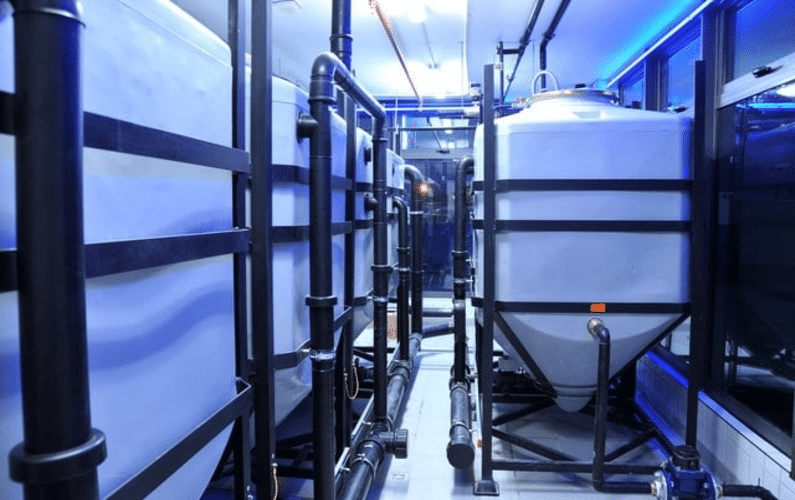

Water Level Monitor in a Rainwater Tank
Employing a tank water level meter helps us monitor and manage rainwater usage. Say an indigenous garden requires a certain amount of water per square foot or meter, with smart technology it is easy to monitor and manage exactly how much water is administered during an irrigation cycle. Furthermore, it is advisable to wean the garden to use less water than it uses during the rainy season, thereby stretching harvested rainwater further during the non rainy season.
Conclusion
Rainwater harvesting is an effective component of a green and eco-lifestyle. This eco-friendly process benefits us humans, the garden and our environment. It’s time to face reality – we and the environment benefit with practices such as rainwater harvesting, it has certainly become a necessity.

